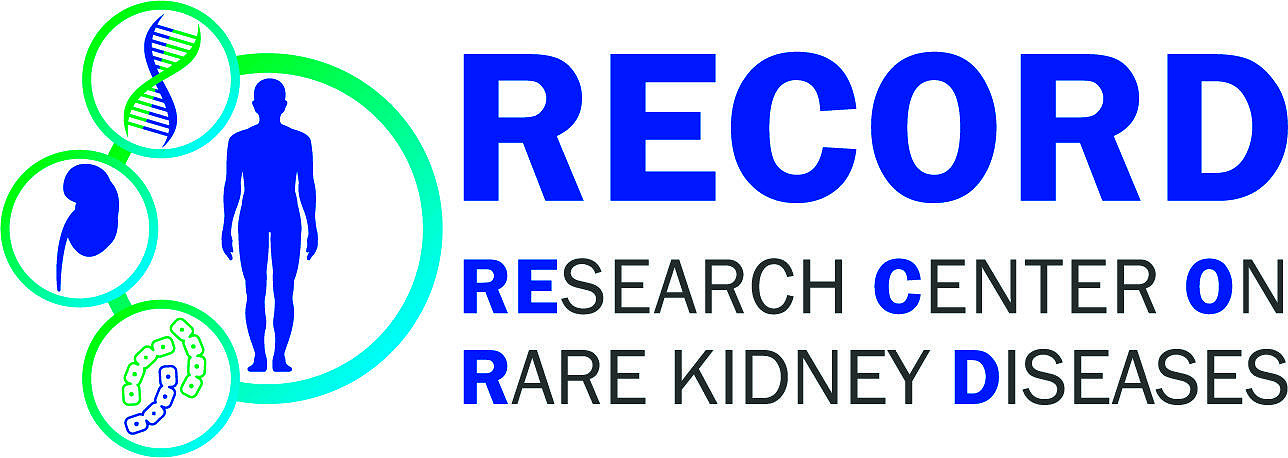 YAP and TAZ in the podocyte – Twins distinguished by transcriptomic analysis
YAP and TAZ in the podocyte – Twins distinguished by transcriptomic analysis
Wissenschaftliches Arbeitsprogramm (Abstract)
The balanced activity of the two effector proteins of the Hippo signaling pathway, YAP and TAZ, plays a pivotal role for the health of podocytes and in the pathogenesis of focal segmental glomerulosclerosis. YAP and TAZ act as transcriptional coactivators and initiate the expression of downstream targets regulating many cellular processes, such as cell differentiation, proliferation, and apoptosis. In podocytes YAP and TAZ seem to have a special role.
Nuclear YAP activity has been shown to be essential in podocytes to promote cell survival and inhibit apoptosis. Interestingly, transient increased nuclear activity of YAP was described during the development of glomerular disease suggesting a transient protective role of YAP in the podocyte.
Aim of this project to characterize the role of YAP and TAZ in the podocyte. To achive this goal we established mouse lines with a podocyte-specific knockout (pKO) of either YAP or TAZ . Interestingly, the YAP pKO mice show a very heterogenous phenotype with a variable time of onset of disease resembling FSGS with proteinuria and reduced kidney function and reduced slit diaphragm length. Also, TAZ pKO mice seem to show a tendency for a reduced slit diaphragm length without developing proteinuria or increased serum urea. Strikingly, matings theoretically leading to the combination of both knockout alleles do not produce any living offspring with less than two of the four YAP/TAZ alleles. Leading to the hypothesis that in case of lack of YAP or TAZ the other might take over a compensatory role in the podocyte and that YAP/TAZ activity above a certain threshold is indispensable for podocyte homeostasis.
To identify potential compensatory mechanisms among YAP and TAZ and to unravel the driving pathomechanisms in podocytes of the YAP and TAZ pKO mice a single nuclei RNA sequencing analysis of isolated glomeruli of mice of different ages and stages of disease will be performed. This analysis will
further elucidate the importan function of YAP and TAZ in the development of podocytopathies.
